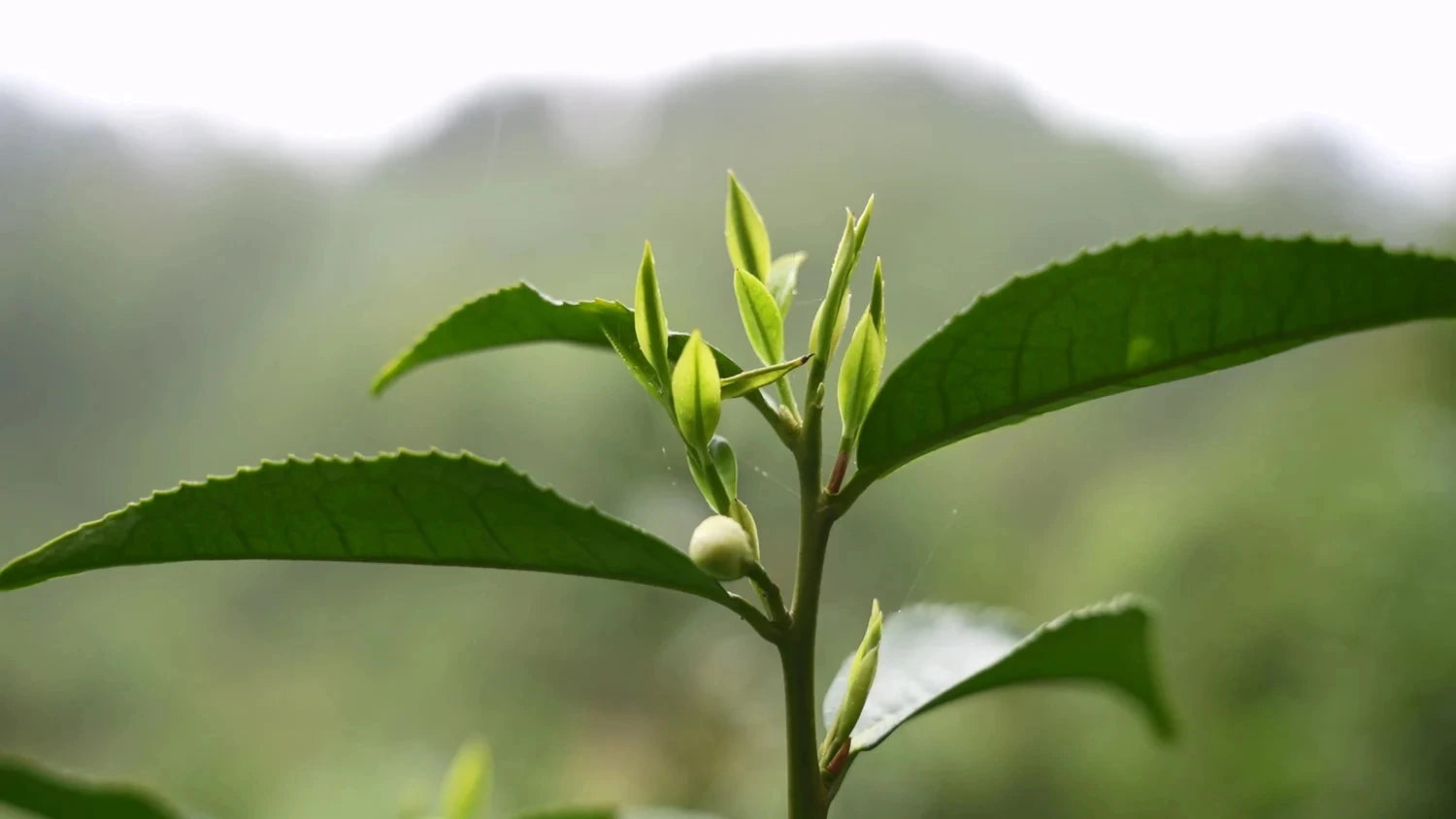
В чем особенность китайского чая?
Вы когда-нибудь заходили в чайный магазин, разглядывая все эти сорта чая и задаваясь вопросом: в чем же разница между зеленым чаем, улунским чаем и пуэром?
Да, я тоже там был.
А если вы ищете настоящий китайский чай , то все может оказаться еще более запутанным из-за огромного количества вариантов, предлагаемых в Интернете.
Давайте будем проще, ладно?
Во-первых, почему именно китайский чай?
Китайский чай существует уже более 5000 лет.
Это не просто древняя история — это чертовски внушительный послужной список.
Но более того, люди восторженно отзываются о нем по одной простой причине:
- Это успокаивает, вкусно и, да, полезно.
- Каждый чай дарит уникальные ощущения, как, например, успокаивающий аромат зеленого чая с жасмином. или насыщенный, землистый вкус хорошо выдержанного пуэра.

Но выбор подходящего варианта все еще может оказаться сложной задачей.
Разбираем 6 популярных видов китайского чая

-
Зеленый чай
Чай для здоровья. Свежий, травянистый и полный антиоксидантов.
Известный выбор — Лунцзин (или Колодец дракона). Вы когда-нибудь пробовали его? Он очень свежий, как прохладный бриз в жаркий день. Зеленый чай нежный, но не заваривайте его слишком долго, иначе он станет горьким. Совет по завариванию : 2–3 минуты при температуре 175 °F.

-
Белый чай
Белый чай — самый нежный из всех чаев, изготавливаемый из молодых чайных листьев или почек, которые подвергаются минимальной обработке. Он имеет легкий, слегка сладкий и цветочный вкус, создавая ощущение, будто вы пьете легкий утренний бриз. В зависимости от сорта, вы можете почувствовать ноты от меда до мягкой фруктовой сладости.
- Нежный и мягкий : чай имеет шелковистый вкус, без какой-либо терпкости или горечи, что многие находят невероятно успокаивающим.
- Сладкий и мягкий : естественную сладость часто сравнивают с нежным вкусом медвяной дыни или спелых груш, что делает напиток приятным и успокаивающим.
- Легкие цветочные ноты : люди могут отметить, что тонкий цветочный аромат чая напоминает им полевые цветы или свежий весенний луг.

Желтый чай — это как тайная жемчужина мира чая — редкий и изысканный, со вкусовым профилем, который находится между зеленым и белым чаем. Он проходит особый, мягкий процесс окисления, который придает ему мягкий, слегка сладковатый вкус с нотками поджаренного зерна и цветочным оттенком.

4. Чай Улун
Улун — это как «Златовласка» среди чая — частично окисленный, что делает его чем-то средним между зеленым и черным. Он имеет ореховый, иногда цветочный вкус , в зависимости от стиля. Мой любимый? Тегуаньинь . Ощущается как весна в чашке, даже посреди зимы.

5. Черный чай
Богатый, смелый и полностью окисленный. Популярные, такие как Dianhong или Keemun , идеально подходят, если вы заменяете свой утренний кофе. Капля молока, нотка меда — кардинально меняет ситуацию.

-
Тёмный чай
Черный чай, также известный как Hei Cha, подобен «зрелому мудрецу» в мире чая — полностью ферментированному и выдержанному, что придает ему насыщенный, землистый вкус. Он известен своим глубоким, мягким вкусом, часто с нотками лесной подстилки, сухофруктов или сладкой патоки, в зависимости от того, как долго он выдерживался.
Мой любимый? Пуэр . Ощущение, будто тебя завернули в уютное одеяло в дождливый день, заземляет и успокаивает, особенно когда хочется чего-то смелого и сложного.

FAQ: давайте ответим на то, что вас действительно интересует
-
Как узнать, покупаю ли я настоящий китайский чай?
Ищите надежных продавцов с хорошими отзывами.
Такие сайты как TeaVivre, Юньнань Сорсинг, Мей Лиф и Iteaworld помочь в определении классов качества и источников поставок. -
Какой китайский чай лучше всего подходит новичкам?
Зеленый чай с жасмином или Тегуаньинь . Они ароматные, но не слишком интенсивные. -
Существует ли особый способ хранения китайского чая?
Да! Храните его в герметичном контейнере, вдали от света, тепла и влаги. Поверьте, вы не хотите, чтобы ваш чай имел вкус, как в вашей кладовке. -
Есть ли польза для здоровья?
О, конечно.
Зеленый чай богат антиоксидантами.
Пуэр — известен тем, что помогает пищеварению.
Но, эй, сначала насладитесь вкусом — преимущества — это всего лишь бонус.
Как заваривать пиво как профессионал
Заваривание китайского чая не обязательно должно быть сложным.
Вот простые шаги для идеальной чашки кофе каждый раз:
- Используйте свежую, фильтрованную воду . Хлор? Нет.
- Температура имеет значение : не ошпарьте свой зеленый чай! Черный чай? Давайте, используйте кипяток.
- Время настаивания : несколько минут. Пробуйте по мере приготовления, чтобы избежать горечи.
-
Чайная утварь : Если вы настроены изысканно, используйте гайвань. Или простая кружка тоже подойдет.

Последний глоток мудрости
Китайский чай — это не просто напиток.
Это ритуал, момент, когда можно сделать паузу в напряженном дне.
Так что в следующий раз, когда вы будете растеряны при выборе чая, начните с одного.
Заварите его, пейте и наслаждайтесь каждой нотой.
Потому что, на самом деле, жизнь слишком коротка для плохого чая .
Есть вопросы о вашем следующем чайном приключении? Задайте их ниже или ознакомьтесь с информацией о чае, чтобы получить больше советов по завариванию и выбора чая.


































































